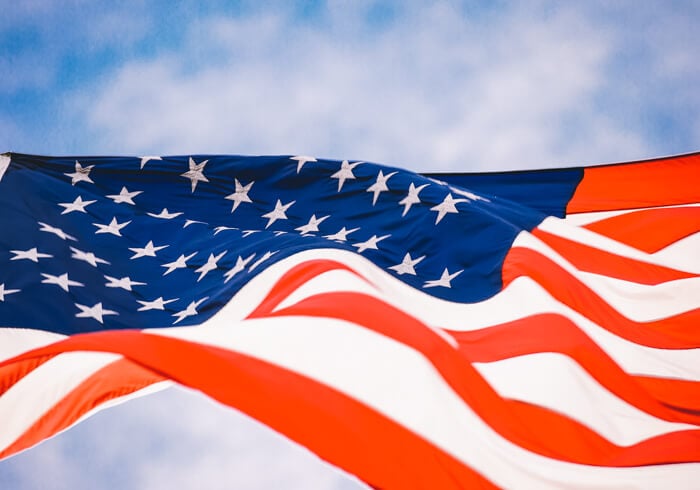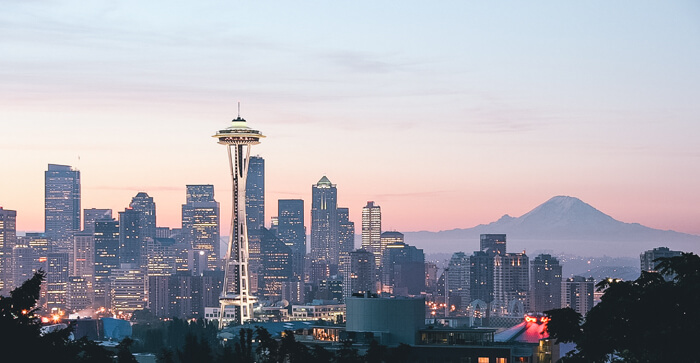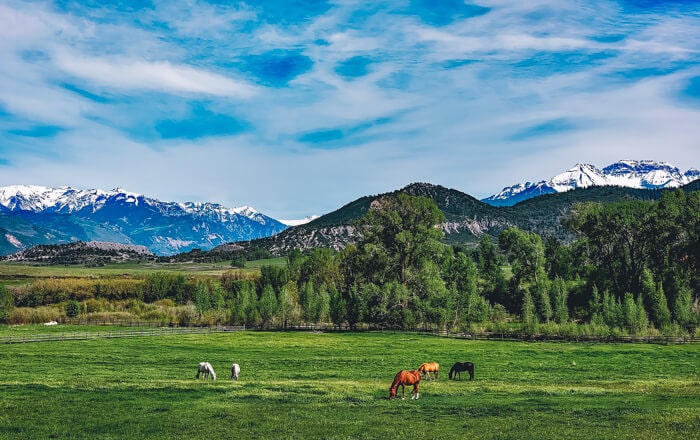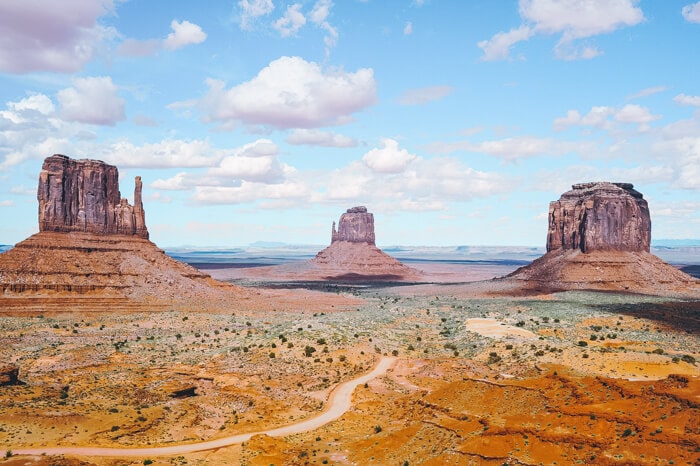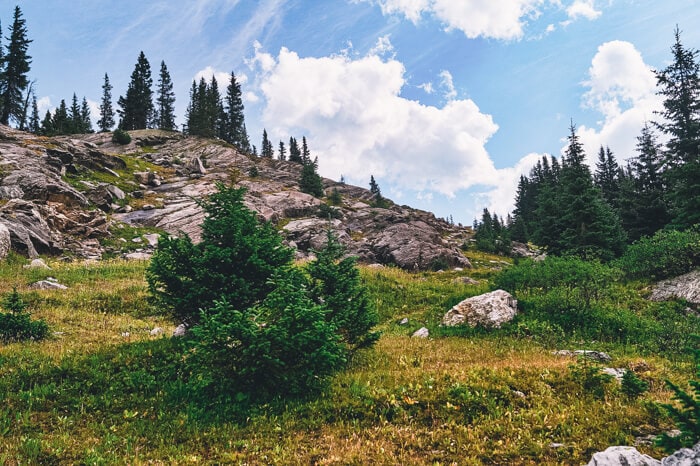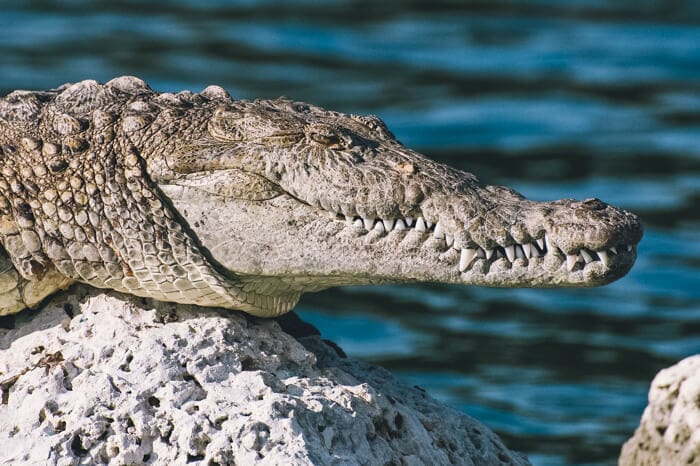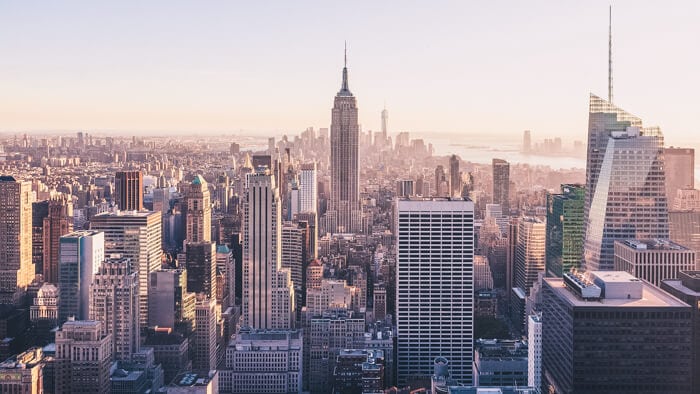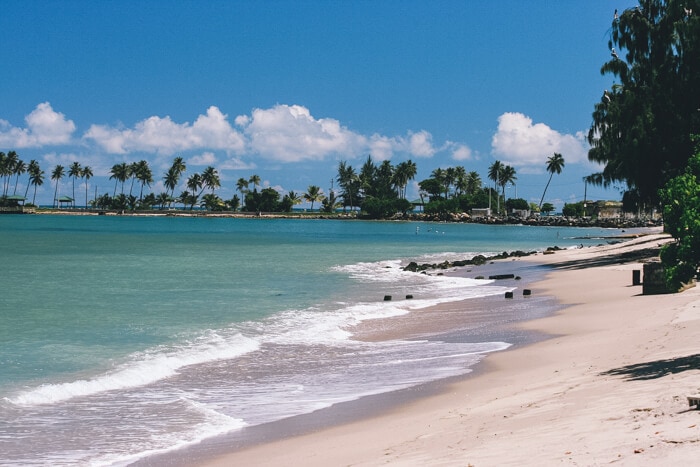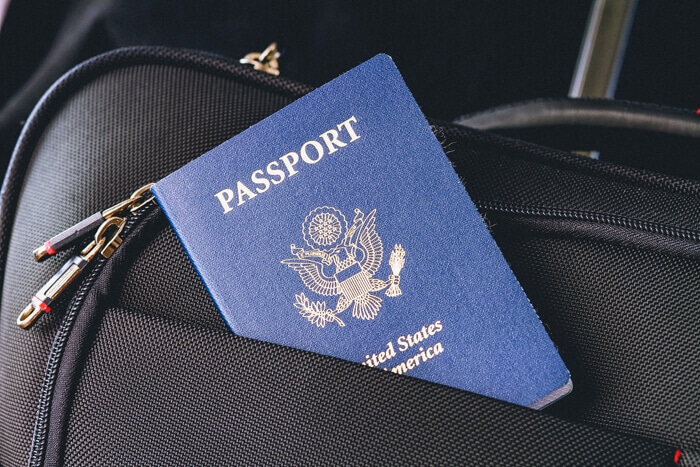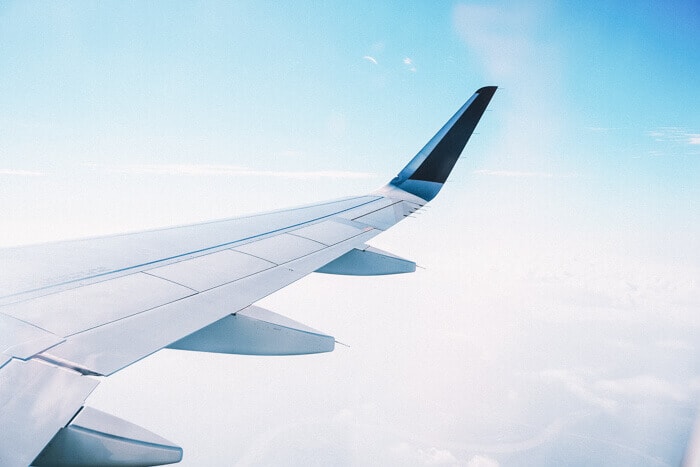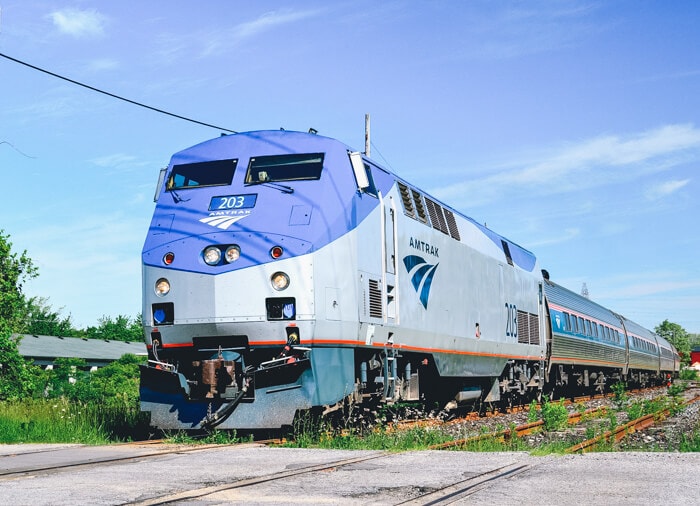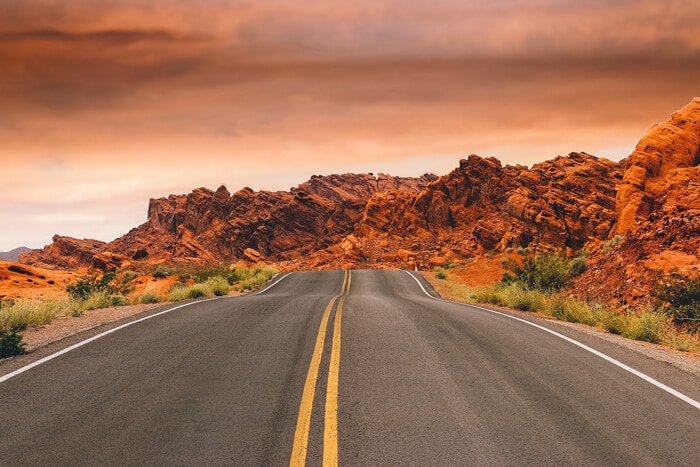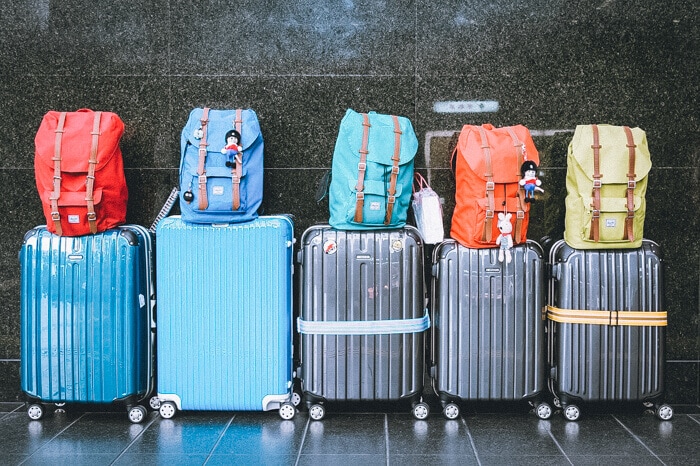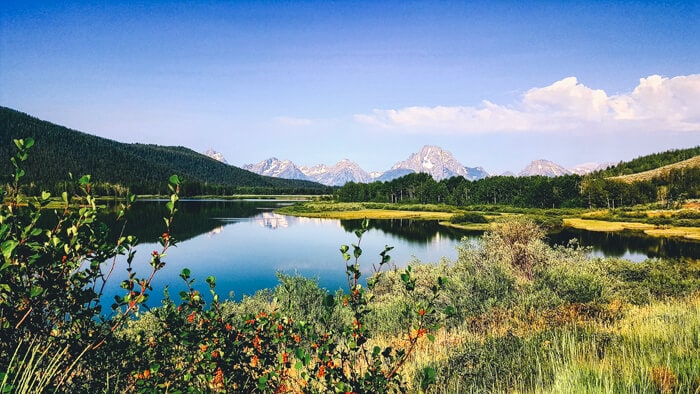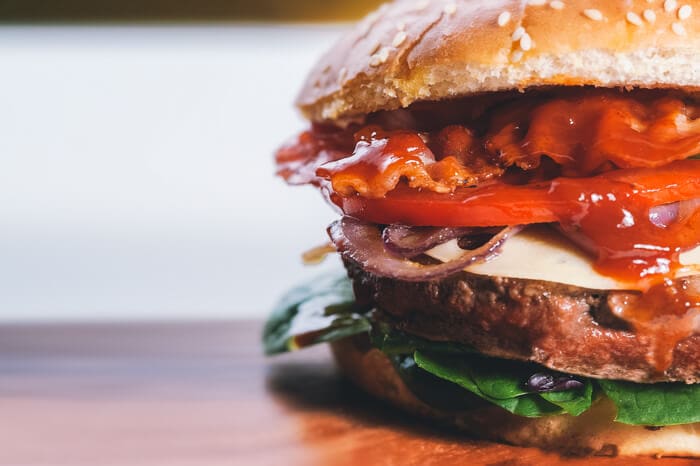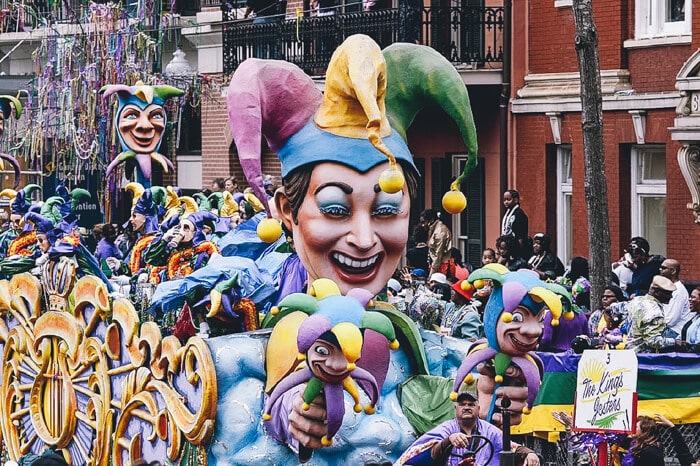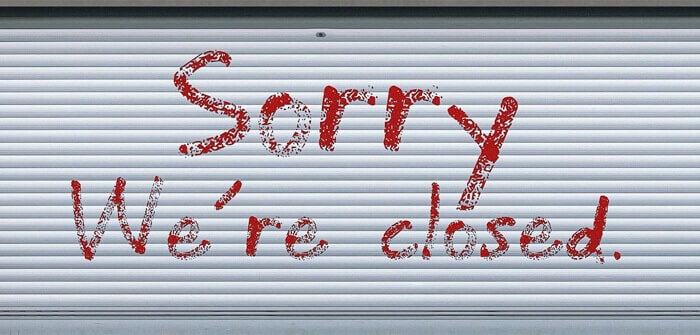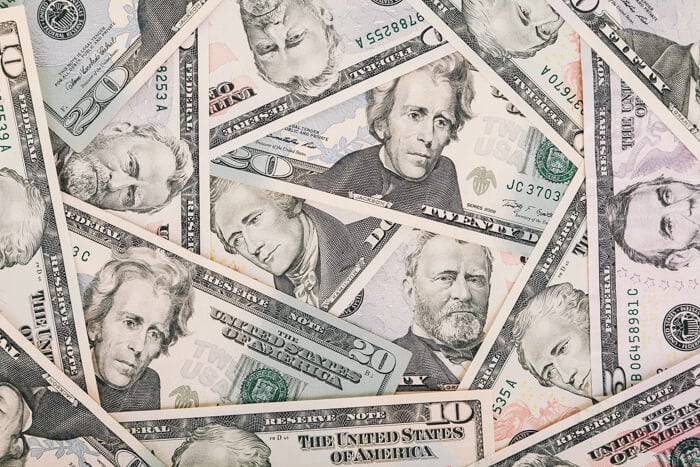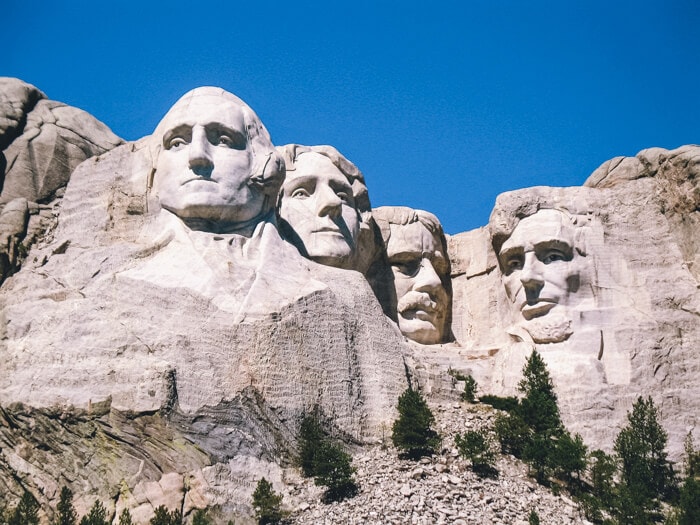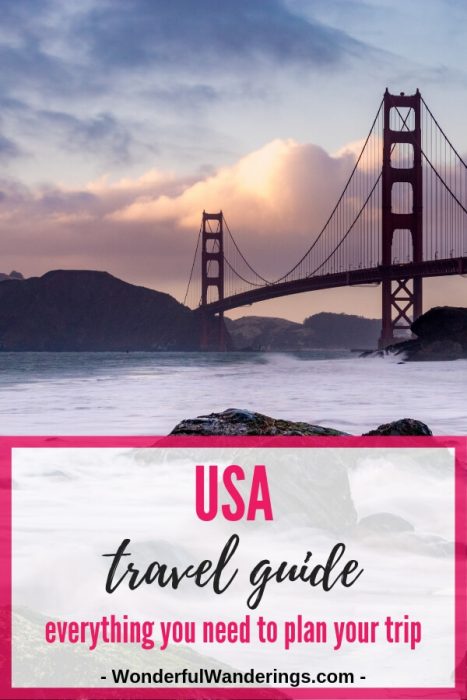Planning a trip to the US? Awesome! The US has a lot to offer, boasting dozens of phenomenal national parks and natural wonders. It also has dozens of thriving, cosmopolitan cities of global fame, including New York, San Francisco, and Austin.
The United States of America is the third largest country, behind Russia and Canada, and the third most populous, behind China and India. It is a member of the World Trade Organization, World Health Organization, United Nations, Organisation for Economic Co-operation and Development and several other international organizations.
The below USA travel tips will help you plan your trip to the States and make the most of it.
Contents
- USA sightseeing: quick facts
- Regions of the United States
- How to travel to the United States
- How to travel in the United States
- What to pack for the United States
- The best time to travel to the United States
- What to eat in the United States
- Famous events in the United States
- Public holidays in the United States
- Cultural customs to be aware of in the United States
- Where to stay in the United States
- Don’t forget travel insurance
- Safety in the the United States
- The use of cash and cards in United States
- Calling abroad, WiFi and data use in United States
- Tipping in United States
- A brief history of United States
USA sightseeing: quick facts
Size: 9,857,306 km² or 3,805,927 sq mi
People living there: ~320,061,700
Capital: Washington, D.C.
Governmental structure: federal presidential constitutional republic
National day: July 4
Time zones:
- UTC-12 (unofficial): Baker Island and Howland Island
- Samoa Time (ST) / UTC-11: American Samoa, Jarvis Island, Kingman Reef, Midway Atoll and Palmyra Atoll
- Hawaii-Aleutian Time (HT) / UTC-10): Hawaii, most of the Aleutian Islands, and Johnston Atoll
- Alaska Time (AKT) / UTC-0: most of the state of Alaska
- Pacific Time zone (PT) / UTC-8: the Pacific coast states and Nevada
- Mountain Time (MT) / UTC-7: Mountain Time zone: the Mountain states plus western parts of some adjacent states
- Central Time (CT) / UTC-6: Central Time zone: a large area spanning from the Gulf Coast to the Great Lakes
- Eastern Time (ET) / UTC-5: Eastern Time zone: roughly a triangle covering all the states from the Great Lakes down to Florida and east to the Atlantic coast
- Atlantic Time (AT) / UTC-4: Puerto Rico, the U.S. Virgin Islands
- Chamorro Time (ChT) / UTC+10: Guam and the Northern Mariana Islands
- UTC+12 (unofficial): Wake Island, McMurdo Station, and Amundsen–Scott South Pole Station
Currency: US dollar
Power voltage and socket type(s): 120V, plug types A and B. If these plug types don’t match your devices, make sure to pack a universal adapter.
Official religion(s)/Freedom of religion: Freedom of religion. 46% of the population are Protestant Christians, followed by non-religious citizens, Catholics, Jews, and Muslims.
Official language(s) and general knowledge of English: The United States does not have an official language, though nearly all citizens speak English. Spanish is also commonly spoken.
Drives on this side: right
International driver’s licence accepted? yes
Phone code: +1
Vaccinations needed? no
Can you drink the tap water? yes, so bring your reusable water bottle
Regions of the United States
As there are too many states to dedicate a section to all of them in this guide, I’ve decided to focus on the seven regions as defined by Visit USA, the tourism board of the US. I know the definition of these regions is a bit disputed but as they’re the official tourism organization for the USA, I figured following Visit USA’s categorization would be a good idea.
1. Pacific USA
This part of the US encompasses Hawaii, Oregon, California, Alaska, and Washington state (not to be confused with Washington DC, the national capital). If your travels take you to this part of the country, be sure to spend a few days exploring Washington’s state capital Seattle. Admire the views of the city from the Space Needle, explore the Museum of Pop Culture, and refuel at one of the city’s numerous international eateries.
If you’re looking for a more natural vibe, visit the Olympic National Park and you will not be disappointed. Resplendent with snow-capped mountains and lush green forests, the park one of the best vacation spots in the US for hikers. Similarly, the nearby Mount Rainier National Park is utterly spectacular, with flowering meadows and the dramatic Mount Rainier towering over the landscape.
Beach fans head to the coast of California and city dwellers enjoy the rush of places like Los Angeles, San Francisco, and San Diego. If you have the time, a road trip along the Pacific Coast Highway is a great place to see these spots and more. You’ll drive through gorgeous cliffside villages, along coastal roads and into the big cities, looking out towards the ocean the whole way.
2. West USA
One of the main attractions in West USA is Las Vegas, Nevada, a hedonistic wonderland that is home to some of the world’s largest casinos and hotels.
Even those who don’t want to spend their holiday glued to a roulette wheel will find plenty of fun here. Incredible shows of all different genres hit the stages every day and, if that wasn’t enough, you can even zip line over the top of one of Vegas’ busiest streets!
If you’re more into adventures in the great outdoors, Colorado is the perfect destination. If you go in the summer, you can make the most of the serenely beautiful hiking trails. But, Colorado’s real attraction pops up in the winter in the shape of its world-class ski resorts. Head over to Keystone, Breckenridge, or any of the other resorts and get your adrenaline fix on the pistes.
3. Southwest USA
Definitions of which areas constitute the Southwest vary but for the purpose of this article I’m going to focus on Arizona, New Mexico, and Texas.
Texas is the second largest of all the US states, after Alaska, and is jam-packed with activity. Austin is one of the country’s most up and coming cities and is a big hit with young travelers from around the world. Here, you’ll find dozens of hip bars with live music; food trucks selling mouth-watering bites; and some natural beauty in and around Zilker park.
For even more natural beauty, get yourself over to the Grand Canyon, which should be on everyone’s bucket list anyway. While the Grand Canyon gets the lion’s share of attention (and rightfully so) Arizona has some other breath-taking natural hotspots worth checking out on your USA trip.
One of these is Havasu Falls, which can only be accessed by hiking for ten miles. It’s a major trek, but well worth it for the sight of the falls.
4. Midwest USA
The Midwest is all about nature, starting with the Great Lakes that spread across several states and across the border into Canada. It has some of the best places in the US for those who like to take things a bit slower. You’ll also find the gorgeous Maquoketa Caves State Park over in Iowa, which are well worth checking out.
If you’re in the Midwest and you need your city fix, Chicago, in Illinois, can help you out with that. Being one of America’s most well-known cities, Chicago is set up well for visitors. Once you’ve had an obligatory slice of deep pan pizza, waltz over to the Millennium Park or the Art Institute of Chicago for s pot of culture.
5. Southeast USA
People tend to beeline straight to Florida when they visit the Southeast – and with good reason. The USA’s Sunshine State certainly has a mixed reputation, but there are a lot of good reasons why you should check it out.
The first reason is the Everglades. This lush network of waterways and mangroves can be explored by car or boat and you’re likely to see all kinds of wildlife along the way, including anacondas and alligators.
After an adventure in the Everglades, kick back on the beach in Miami or hit the dancefloor in one of the city’s pulsing nightclubs. And, of course, there’s always DisneyWorld, Busch Gardens, and Universal Studios over in Orlando if you want to embrace your inner child while you’re on vacation.
6. Northeast USA
The most obvious attraction of this section of the US is New York. It is one of the world’s most famous cities and home of globally recognized landmarks such as the Statue of Liberty, the Empire State Building and Times Square.
But, that is not the Northeast’s only highlight. Mother Nature has worked wonders on the patch of land and the endless forests, sparkling lakes, and rocky shoreline bear testament to her work.
The Green Mountain National Forest in Vermont is one of the best places to drink in the Northeast’s natural beauty. Go in the fall and the leaves will be stained the most dazzling shades of red and orange. If the weather is nice, head over to the Buttermilk Falls where you can admire the babbling waterfalls and take a dip in the natural swimming holes.
7. USA Territories
There are five US territories: American Samoa, Guam, North Mariana Islands, Puerto Rico, and the U.S. Virgin Islands. These are all islands and are located quite a distance from mainland USA. While the islands are challenging to get to, if you can make the journey you will be rewarded with paradise island scenery, sunshine, beaches, and a fabulously chillaxed vibe.
If you’re headed over to Puerto Rico, you’d be crazy to miss El Yunque National Park, with its hiking trails, look-out points, and waterfalls. When dusk falls, head over to the Bahia Bioluminiscente (the Bioluminescent Bay) and watch the bright blue plankton light up the sea like fairy lights. Alternatively, take a stroll through old San Juan and soak up the Latino culture.
As you see, there are plenty of US destinations worth visiting, but how do you get there?
How to travel to the United States
USA visa requirements
Much of Europe, the UK, Australia, and New Zealand are part of the Visa Waiver Program. This means you do not need to obtain a visa before travel. What you will need, however, is approved travel authorization by way of the Electronic System for Travel Authorization (ESTA). Canadian passport holders are not required to obtain a US ESTA before travel and can move freely in and out of the USA.
All other nationalities should look into the USA visa application process for their respective countries.
How to go to the United States
By plane
Many of the states in the USA have an international airport and the airport you fly into will depend on which part of the country you are visiting. The busiest airport in the whole country is the Hartsfield–Jackson Atlanta International Airport in Atlanta, Georgia. This is followed by LAX in Los Angeles, California; O’Hare International Airport in Chicago, Illinois; and Dallas/ Fort Worth International Airport in Dallas, Texas.
If you are traveling to New York, one of the USA’s most popular tourist destinations, you will fly into the John F Kennedy International Airport (commonly called “JFK”).
Check Skyscanner for flight options and prices to the US.
By bus
There are Greyhound buses that run from Monterrey, San Ysidro, El Paso and various other points in Mexico, across the border into Texas and California. On the other side of the country, there are routes from Ottawa, Montreal, Toronto, Victoria, and Vancouver into the northern USA.
Check Omio for available routes and connections.
By train
Amtrak trains connect New York to Montreal and Niagara Falls, and Seattle to Vancouver. While the trains offer spectacular views of American and Canadian natural beauty, you will pay dearly for the privilege. This is a beautiful but expensive way to travel.
Check Omio for trains and prices.
By ferry
There are not many convenient ferry options to the USA. It is possible to take a cruise ship from western Europe to the USA but this can take up to a week and can cost over $1000 each way. It is really only appropriate for people who cannot fly.
There are ferries between Canada and the USA through the Atlantic and Pacific and across the Great Lakes. It is also possible to catch a ferry from Grand Bahama in the Bahamas to Fort Lauderdale, Florida.
How to travel in the United States
Traveling within the US independently
The USA is a colossal country and traveling around the United States can be a challenge simply due to the vast distances you may want to cover. The easiest way to get from point A to B is by plane. Domestic travel in the US is reasonable and can even be cheap if you can get flights in a sale. Jet Blue, Spirit, and Southwest Airlines all offer cheap domestic flights.
Check Skyscanner for flights.
It is possible to travel the US by train, but as mentioned earlier, these can be pricey and are not the most efficient way to travel. If you are on a budget but have time on your hands, I recommend traveling by Greyhound bus. The extensive network connects virtually all the major cities in the country and tickets can be quite reasonable if you book in advance.
Omio automatically finds you the best way to travel from A to B by bus and or train. Check it out.
But of course, the way to travel around the US is by car. There are so many amazing road trip options and mesmerizing landscapes to travel through. To rent a car in the US, check Rentalcars.com. This site compares hundreds of rental car providers to offer you the best possible deal.
What to pack for the United States
There is no blanket rule for packing for the US as every region has different weather. The general rule, however, is that if you are traveling to the North, you should be prepared for regular winter, spring, summer, fall weather. This means warm clothes in winter, light clothes in summer and a mixture of the two for spring and fall.
In the South, the weather is less variable. If you are traveling to Texas or Florida, you will find that even in the winter it will not be cold so you can feel free to pack summer clothing year-round.
The best time to travel to the United States
The answer to this question depends on what you are looking for. If you are headed to Colorado or some other mountain range in the hopes of skiing, you should travel between November and March. If you want sunshine because you’re going to spend your vacation at the beach then May to September is best (particularly for California). For Florida, you can travel any time and have good beach weather.
If you’re planning on exploring big cities and you want the weather warm but not unbearable then you should consider traveling from April-May or September-October.
What to eat in the United States
The USA is so big and has so many different cultural influences that it is hard to just choose a handful of typical dishes. However, if I went into too much detail you would be reading this article for the next five hours. So, here are ten typical yet randomly chosen dishes from across the country you have to try while you’re there.
- Hamburger – you’ve probably had a burger before, but nothing compares with a juicy hamburger from one of the USA’s famous burger joints
- Hot Dogs – nothing complements a baseball game like a weiner in a soft, white bun
- Philly Cheesesteak – strips of fried beef with cheese and onions and served in fresh bread
- Chicago Pizza – deep dish pizza filled with tomato sauce, cheese and plenty of toppings
- Chocolate Chip Cookies – crunchy around the edges, gooey in the middle and filled with chocolate chips
- Barbecue Ribs – in the South, pork ribs smothered in BBQ sauce have been on the menu since before the Civil War
- Gumbo – creole dish from New Orleans made with meat of seafood, vegetables, sauce and rice
- Buffalo Wings – chicken wings smothered in hot sauce, originating in Buffalo, New York
- Lobster Roll – this dish from Maine consists of shredded lobster with mayo and lemon in a hot dog bun
- Clam Chowder – thick, creamy soup with potatoes, onions and clams (but each state has its own variation)
Famous events in the United States
- Sundance Film Festival – a celebration of indie film-makers with screenings and awards in Park City, Utah (Jan-Feb)
- Mardi Gras – parades and parties in New Orleans, featuring elaborate costumes, music, and entertainment (Feb)
- Super Bowl Sunday – the top two American football teams battle it out while onlookers eat hot dogs and fried chicken and drink beer (Feb)
- South by Southwest – film and music festival in Austin, Texas, featuring performers from across the globe (March)
- Iditarod – dozens of teams race their sledges pulled by Siberian huskies across Alaska (March)
- Comic-Con – the chance for comic enthusiasts to dress up as characters, meet professionals in the industry and purchase comic and graphic novel memorabilia (March)
- Coachella – music festival in California with huge headliners and attended by celebrities (April)
- Independence Day – celebrated with fireworks and festivities across the country (4th July)
- Burning Man – music and arts festival in Nevada that creates a commune in the desert for the duration of the event (Aug-Sep)
- Great American Beer Festival – the names says it all. People dress up in wacky costumes and sample beer from hundreds of brewers. Takes place in Colorado (Sep)
- Thanksgiving – Americans feast on turkey and trimmings and give thanks for the good things in their lives and there are parades around the country (November)
Public holidays in the United States
- New Year’s Day
- Birthday of Martin Luther King Jr.: January 21
- Birthday of George Washington (President’s Day): February 18
- Memorial Day: May 27
- Independence Day: July 4
- Labor Day: September 2
- Columbus Day: October 14
- Veterans Day: November 11
- Thanksgiving Day: November 28
- Christmas Day
Cultural customs to be aware of in the United States
There are no obvious cultural customs that you need to be aware of. However, to Europeans, Americans often seem louder and more friendly than what they are used to, particularly Americans from the South. For many Americans, it is perfectly normal to strike up a conversation with a stranger on a bus or in a shop.
Where to stay in the United States
Booking.com is my go-to place for booking hotels, guest houses and bed and breakfasts for my trips. It has a bunch of filtering options so you can easily get a list of only the hotels that meet your criteria. If you’re looking to boom accommodation for your US trip, I highly recommend you check there.
When I want a bit more room and privacy, I look for an apartment on Airbnb.
Don’t forget travel insurance
No matter how well you plan and research a trip, there are always things that happen beyond your control. Something might get canceled, you can get ill or hurt while traveling or one of your electronics might break or get stolen.
When misfortune strikes, travel insurance has got you covered. I’ve had ongoing travel insurance ever since I started traveling to make sure I’m covered for every trip I go on. Don’t have insurance yet? You can get a free quote here:
Safety in the the United States
For the most part, the US is very safe. However, there are some areas that should be avoided. These include St. Louis, Missouri; Detroit, Michigan; and Baltimore, Maryland. Violent crime is rife in these areas. There are also areas of New York, Boston and Chicago that are best avoided after dark.
The US does have relaxed gun laws, so be vigilant when walking through urban areas that are known for violent crime.
The use of cash and cards in United States
Cash and cards are accepted across the US. You can pay for virtually everything with a credit or debit card so there is no need to carry a large amount of cash on you.
Calling abroad, WiFi and data use in United States
As I have a Belgian/European SIM card, I would normally pay roaming charges when calling, texting, or using data in the US. To get around this, I use the Solis mobile hotspot by Solis Wifi and buy day passes for the duration of my trip.
Aside from day passes, Solis Wifi also offers monthly prescriptions providing you with 4G throughout your trips. I’ve been using their daily passes not just when I travel outside the EU (no roaming charges for me in the EU) but also as a backup for when I think I’ll go over my phone’s data plan.
Check out Solis Wifi here.
Tipping in United States
The US is the country of tipping. Service staff earns ridiculously little and especially in places like bars and restaurants, depends on tips to make a living wage. I don’t agree with this system and think people should be paid properly for their work and then tipped based on the kind of service they provide but it is what it is and you really can’t not tip in the States. I’ve listed some generally accepted guidelines on who to tip what in the States here.
A brief history of United States
Christopher Columbus stumbled across America whilst looking for India in 1493. But, it wasn’t until 1607 that the first settlers came across the Atlantic from Britain on the Mayflower. In the late 1700s, the Revolutionary War was fought and in 1776 the Declaration of Independence was signed, liberating the Americans from British rule.
Over the course of the following century, Americans expanded their territory through westward expansion. Railroads were built to facilitate this and the process surged in 1849 when gold was struck in California. This was known as the California Gold Rush. Then, from 1861-1865 the Civil War raged between the Union in the North and the Confederacy in the South. The main point of contention was slavery, of which the South was in favor and the North was not.
The North triumphed against the South and slavery was abolished. What followed was a period of reconstruction, which led to an economic boom. There was mass immigration to the US and the roaring 20s saw widespread prosperity. But, this all came crashing down when the economy collapsed in 1929. The Wall Street Crash and ensuing Great Depression are some of the darkest points in US history and poverty was rife.
Over the last hundred years, the US has grown exponentially. It is now the leading global power and is one of the world leaders in space travel, technology, finance, and agriculture. It also has a fascinating culture bearing the marks of the hundreds of different influences that permeate the population.
All posts about the USA
PIN FOR LATER

